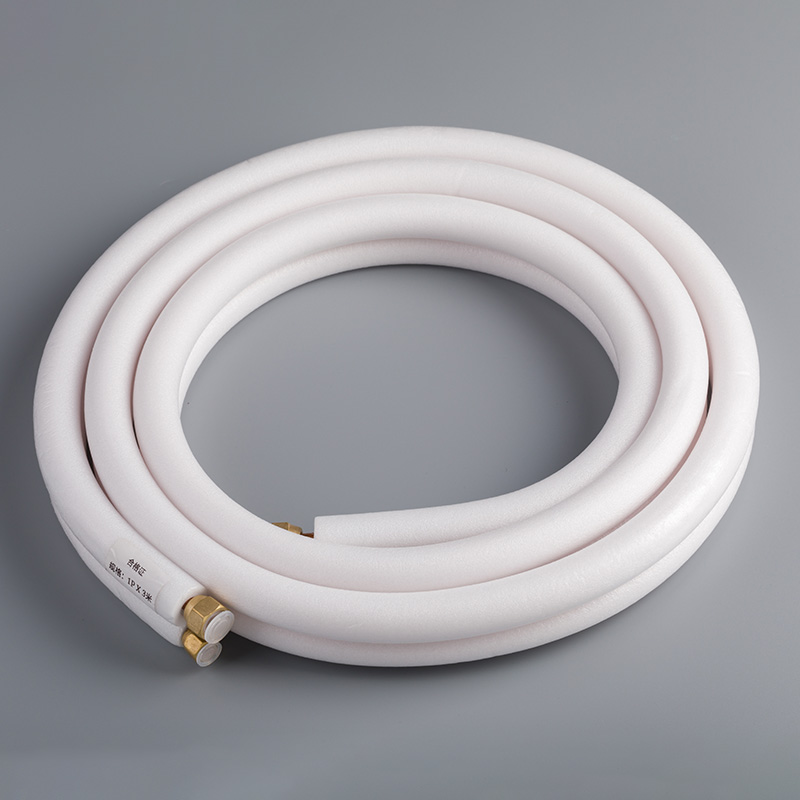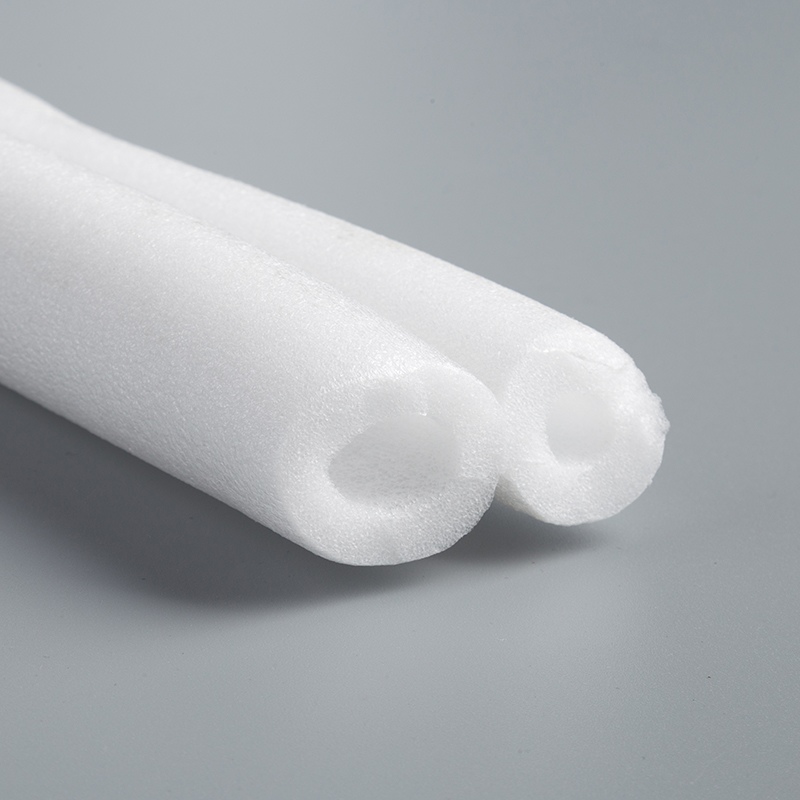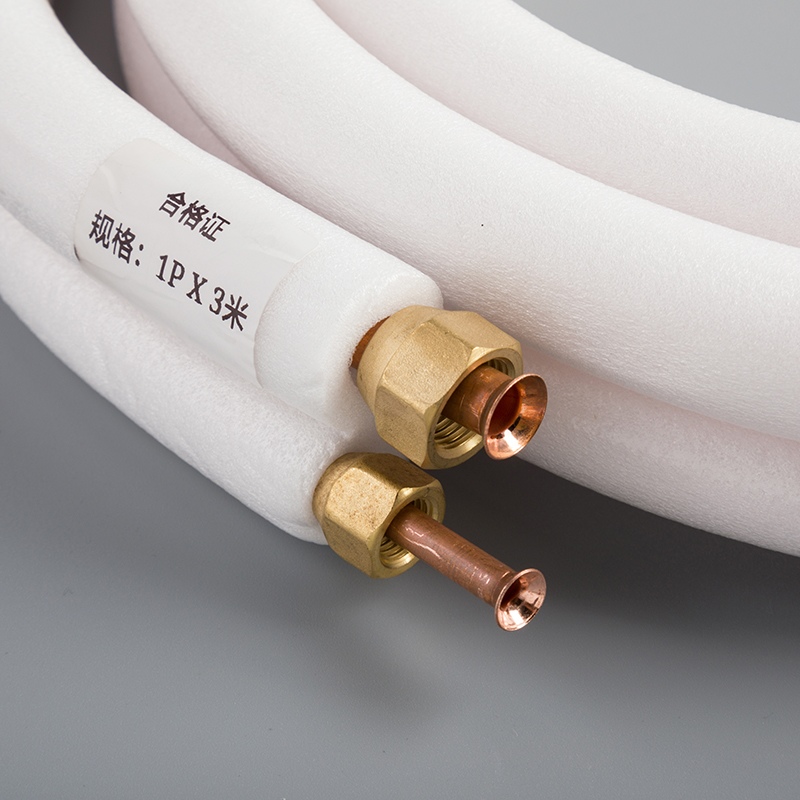Effective Tips for Installing AC Insulation

AC insulation plays a crucial role in enhancing energy efficiency and reducing costs. Proper insulation can lower heat loss by up to 15% and increase energy savings by 5%. Additionally, it helps maintain a cooler home in summer and a warmer home in winter, leading to lower gas and electric bills. Effective insulation also reduces noise levels, contributing to a more comfortable living environment. Follow these tips for installing air conditioning insulation effectively to achieve optimal results.
Ensure a proper seal using foil tape or mastic sealant to prevent air leaks.
Cover any gaps or joints in the ducts with insulation to maintain its integrity and maximize effectiveness.
Carefully measure and cut the insulation to fit snugly around curves and corners to prevent air leaks and ensure maximum efficiency.
Proper insulation helps keep the air conditioner running efficiently and reduces noise levels.
Insulating walls and ceilings is the best way to increase air conditioner efficiency.
Compression or gaps in insulation can greatly reduce its effectiveness, so it's important to install it properly.
Seal all ductwork to prevent air leakage and consider installing insulation in the attic and walls for optimal insulation.
Ensure that ducts are properly insulated when buying an air conditioner to prevent loss of efficiency.
Adequate and properly installed attic insulation helps in maintaining home comfort and energy efficiency.
For high-quality pure copper connecting pipes for air conditioners, consider Baoyuan. Check out their products at https://copperpipe.net/products/.
Understanding AC Insulation
What is AC Insulation?
Definition and Purpose
AC insulation refers to materials used to reduce heat transfer in air conditioning systems. These materials help maintain the desired temperature within ducts and pipes. Proper insulation minimizes energy loss, ensuring efficient operation of the AC unit.
Types of AC Insulation Materials
Several types of materials are commonly used for AC insulation:
Fiberglass: Known for its affordability and effectiveness. Fiberglass insulation comes in rolls or batts.
Foam Board: Offers high insulating value with a thin profile. Foam board is ideal for tight spaces.
Reflective Insulation: Uses reflective surfaces to reduce radiant heat transfer. This type is often used in attics.
Spray Foam: Provides excellent coverage and seals gaps effectively. Spray foam is suitable for irregularly shaped areas.
Benefits of Proper AC Insulation
Energy Efficiency
Proper insulation enhances energy efficiency by reducing heat loss and gain. Insulated ducts and pipes prevent conditioned air from escaping, leading to lower energy consumption. This results in a more efficient air conditioning system.
Cost Savings
Investing in quality insulation materials can lead to significant cost savings. Reduced energy consumption lowers utility bills. Over time, the savings on energy costs can offset the initial investment in insulation.
Enhanced Comfort
Insulation contributes to a more comfortable living environment. It helps maintain consistent indoor temperatures, reducing the workload on the AC unit. Additionally, insulation reduces noise levels, creating a quieter home.
For high-quality pure copper connecting pipes for air conditioners, consider Baoyuan. Check out their products at Baoyuan Products.
Preparing for Installation

Gathering Necessary Tools and Materials
List of Tools Required
Successful AC insulation installation requires specific tools. Essential tools include:
Utility knife for cutting insulation
Measuring tape for accurate measurements
Straightedge for guiding cuts
Staple gun for securing insulation
Foil tape or mastic sealant for sealing gaps
Safety goggles and gloves for protection
Types of Insulation Materials
Selecting the right insulation material is crucial. Common options include:
Fiberglass: Affordable and effective, available in rolls or batts.
Foam Board: High insulating value with a thin profile, ideal for tight spaces.
Reflective Insulation: Reduces radiant heat transfer, often used in attics.
Spray Foam: Provides excellent coverage and seals gaps effectively, suitable for irregularly shaped areas.
Safety Precautions
Personal Protective Equipment (PPE)
Safety should always be a priority. Use the following personal protective equipment (PPE):
Safety goggles to protect eyes from particles
Gloves to prevent skin irritation
Long-sleeved clothing to cover exposed skin
Dust mask to avoid inhaling fibers or particles
Handling Insulation Materials Safely
Handling insulation materials requires care. Follow these guidelines:
Avoid direct skin contact with insulation materials.
Work in a well-ventilated area to minimize inhalation risks.
Store insulation materials in a dry place to prevent moisture damage.
Dispose of waste materials properly to maintain a clean workspace.
Step-by-Step Installation Guide

Inspecting the AC System
Identifying Areas That Need Insulation
Begin by examining the entire AC system. Look for exposed ducts, pipes, and other components. Identify sections where insulation is missing or inadequate. Pay special attention to areas near vents and joints.
Checking for Existing Insulation
Inspect any existing insulation. Check for signs of wear, damage, or gaps. Ensure that the current insulation covers all necessary areas. Replace any damaged sections to maintain efficiency.
Measuring and Cutting Insulation
Accurate Measurement Techniques
Use a measuring tape to determine the length and width of each section needing insulation. Record these measurements accurately. Precision ensures that the insulation fits snugly and effectively.
Cutting Insulation to Fit
Use a utility knife and straightedge to cut the insulation material. Follow the recorded measurements closely. Cut pieces slightly larger than needed to allow for compression and a tighter fit.
Installing the Insulation
Applying Insulation to Ducts
Wrap the insulation around the ducts. Ensure that the material covers the entire surface without leaving gaps. Overlap the edges slightly to create a continuous barrier.
Sealing Gaps and Joints
Use foil tape or mastic sealant to seal any gaps or joints. Apply the sealant evenly. This step prevents air leaks and maximizes the effectiveness of the insulation.
Securing Insulation in Place
Secure the insulation using a staple gun or adhesive. Ensure that the insulation stays firmly in place. Avoid compressing the material too much, as this can reduce its insulating properties.
Post-Installation Tips
Inspecting the Work
Checking for Proper Coverage
Ensure that all ducts and pipes have complete insulation coverage. Look for any exposed areas. Verify that the insulation material covers the entire surface without gaps. Proper coverage prevents energy loss and enhances efficiency.
Ensuring Insulation is Secure
Inspect the insulation to confirm that it remains securely in place. Check for loose or sagging sections. Use a staple gun or adhesive to re-secure any areas that need reinforcement. Secure insulation maintains its effectiveness over time.
Maintenance and Upkeep
Regular Inspections
Conduct regular inspections of the insulated areas. Schedule these checks at least twice a year. Look for signs of wear, damage, or moisture. Early detection of issues helps maintain optimal performance.
Addressing Wear and Tear
Address any wear and tear promptly. Replace damaged insulation sections immediately. Use the same type of insulation material for consistency. Proper maintenance prolongs the lifespan of the insulation and ensures continued energy efficiency.
Frequently Asked Questions (FAQs)
Common Concerns
How long does insulation last?
The lifespan of insulation depends on the type and quality of the material. Fiberglass insulation can last 20 to 30 years with proper maintenance. Foam board and spray foam insulation often last longer, sometimes up to 50 years. Regular inspections help ensure that insulation remains effective over time.
Can I install insulation myself?
Homeowners can install insulation themselves if they follow proper guidelines. However, professional installation ensures optimal results. Insulation contractors have the expertise to handle air leakage, wind effect, and cost comparisons of different materials. Professional services also provide comprehensive energy audits for the entire house.
Troubleshooting
What to do if insulation is damaged
Damaged insulation needs immediate attention. Remove the damaged section carefully. Replace it with new insulation material of the same type. Ensure that the new insulation fits snugly and covers all gaps. Use foil tape or mastic sealant to secure the new section in place.
How to improve insulation effectiveness
Improving insulation effectiveness involves several steps. First, ensure a proper seal using foil tape or mastic sealant to prevent air leaks. Second, cover any gaps or joints in the ducts with insulation. Third, carefully measure and cut the insulation to fit snugly around curves and corners. Finally, conduct regular inspections and address any wear and tear promptly.
Proper AC insulation plays a vital role in enhancing energy efficiency and reducing utility bills. Following the tips provided ensures optimal results and a comfortable living environment. Homeowners can experience significant cost savings and improved comfort by implementing these guidelines.
"A homeowner experiencing drafts and high utility bills found that proper insulation and air sealing greatly reduced energy costs."
For further assistance, readers are encouraged to leave comments or ask questions.
See Also
Unveiling the Top 5 Effective Insulation Types
Exploring Fundamental Pre-Insulation for Your Residence
Comprehensive Guide to Insulation Thickness: All You Need
Exploring the Top Pipe Insulation for Your Residence
Unlocking Insulation Tips: Enhance AC Efficiency with Copper Piping


